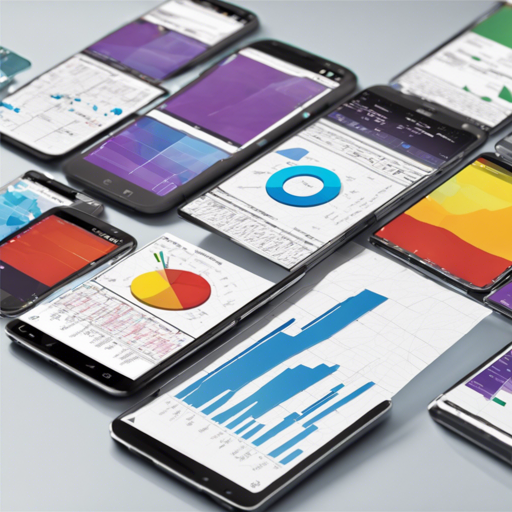Welcome to the ultimate guide for integrating ArcChartView into your Android application! Whether you want to visualize statistics or gather user ratings, this library provides a clear and intuitive way to display data.
Getting Started
Follow these easy steps to start using ArcChartView in your project.
Add Maven to Your Root build.gradle
First, you need to add the JitPack repository to your project’s root build.gradle file. At the end of the repositories block, add the following:
allprojects {
repositories {
...
maven { url 'https://jitpack.io' }
}
}Add Dependency
Now, add the ArcChartView dependency to your app’s build.gradle file:
dependencies {
implementation 'com.github.imaNNeoFighT:ArcChartView:1.0.3.1'
}For older versions, use:
dependencies {
compile 'com.github.imaNNeoFighT:ArcChartView:1.0.3.1'
}And don’t forget to sync your Gradle!
About The View
Using ArcChartView is as simple as using any other View in Android. You can add it either in your Java code or through XML.
Customizing View Properties
ArcChartView comes with various customizable properties. Below are some key attributes:
- acv_lines_count – Integer: Number of arc lines (default: 10)
- acv_lines_space – Dimensions: Margin between lines (default: 4dp)
- acv_sections_count – Integer: Number of sections (default: 8)
- acv_mid_start_extra_offset – Dimensions: Center extra offset size (default: 16dp)
- acv_allow_setting_value_by_touch – Boolean: Enables touch value setting (default: true)
- acv_allow_animations_on_set_values – Boolean: Enables animations on setting values (default: true)
Interacting with Sections
To get or set a section value, you can use:
val value = myArcChartView.getSectionValue(sectionPos)
myArcChartView.setSectionValue(sectionPos, sectionValue)Understanding the Code – An Analogy
Let’s think of ArcChartView as a bakery where each cake (section) has a certain flavor (value). The number of cakes represents the number of sections, while the frosting on top represents the filled color of each section. You can decide to remove a cake (set its value to zero) or change its frosting color (fill or unfill color) to create a delightful visual treat for your guests (users)! Just like in a bakery, where you might rearrange the cakes based on their popularity, in ArcChartView, you can adjust the values and properties to represent varying statistics visually.
Troubleshooting Ideas
If you encounter any issues, consider the following troubleshooting ideas:
- Make sure you’ve added the JitPack repository correctly in your
build.gradle. - Ensure that the dependency is correctly specified and Gradle is synced.
- If the ArcChartView does not display, check your XML layout configuration.
- Confirm that you’re using compatible versions of Android Studio and the ArcChartView library.
For more insights, updates, or to collaborate on AI development projects, stay connected with fxis.ai.
Additional Features
ArcChartView provides various features, including:
- Animated transitions when setting new values.
- Custom section icons to personalize the appearance.
- Listeners to capture user interactions with section icons.
Licensing
This project is licensed under the Apache License, Version 2.0. You can find more details about it on the Apache website.
Conclusion
Integrating ArcChartView into your Android application can enhance your data visualization remarkably. With the power of customization and interaction, you can easily engage with your users! At fxis.ai, we believe that such advancements are crucial for the future of AI, as they enable more comprehensive and effective solutions. Our team is continually exploring new methodologies to push the envelope in artificial intelligence, ensuring that our clients benefit from the latest technological innovations.

